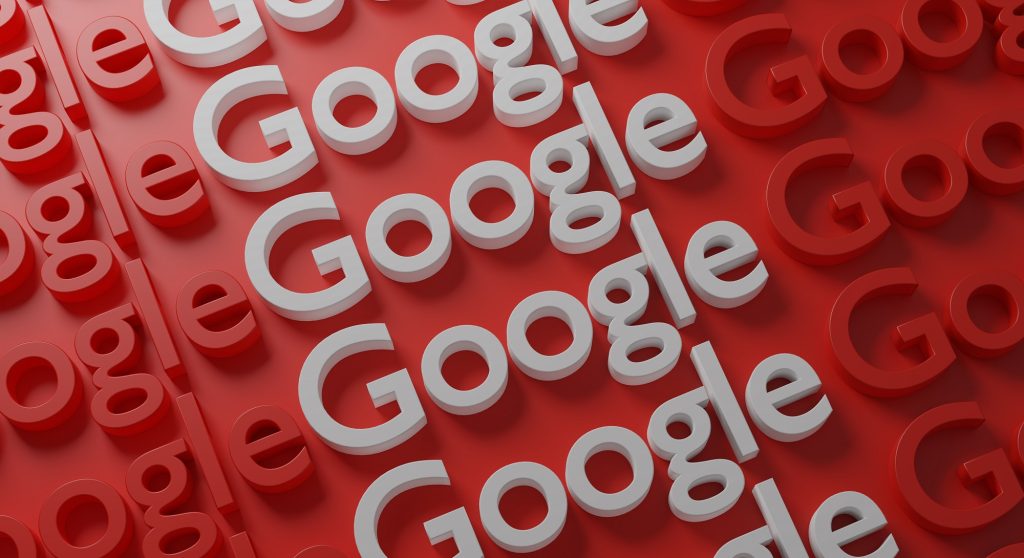The automation of so many complex processes in our world can sometimes give rise to a false sense of faith in what technology can do. Word processors, for example, eliminated the need for typewriter ribbon, paper waste, and even gave the world the “delete” key, which made writing easier, but didn’t mean that everyone could now become a great writer. In the same way, assisted focus, camera sensors that automatically adjust lighting, and the now infamous Photoshop software have made it easier to capture vivid, engaging photographic images, but it’s still no substitute for having the tasteful eye that knows exactly which moment to capture. And while Google Translate has made it much easier for anyone in the world to find information that may not even be in their native language, it is a far cry from taking over the job of an experienced translator.
How Google Translate Works
Because Google Translate is software, and not a living, thinking person with a range of linguistic experiences, it does not actually “read” a requested piece of text for translation when someone selects the “Translate” command. What Google Translate is actually doing is merely cross-referencing whatever text it can find with existing text in other pieces of writing on the Internet that may have an equivalent translation already paired with it. In other words, when you select that French website that has the phrase, “Où sont les toilettes, s’il vous plaît,” it’s not consulting some “Google memory” for what the English equivalent is. Instead, it is simply looking for any text—be it a French to English phrase book, or dictionary—that is available online that has “Where is the toilet please,” paired next to the phrase you’re actually reading.
It’s not reading and understanding. Google Translate is simply, very, very quickly, looking at all the text that matches the phrases in the website you’re looking at, and then drops those phrases in. It has no idea whether what it just pulled up is right or wrong, it just knows that it has picked whatever words have come up the most frequently during its search.
How Google Translate Fails
In this respect, the single biggest problem that Google Translate runs into is that it requires those paired, translated portions of text to exist somewhere online to look up. While this is not so much of an issue with common European languages, such as German to English, or Italian to French, this presents an almost impossible challenge for less common languages. It’s doubtful, for example, that Google Translate could ever generate a meaningful translation of a Swahili website tutorial on plant care for Finnish computer users. These two languages are rarely paired together, let alone had those translations put up somewhere online for Google Translate to find and cross-reference. It also means that Google Translate will never do a remotely adequate job of translating poetry or song lyrics, both of which are expressive forms that deliberately subvert the conventions of language for artistic effect.
Google Translate is a useful starting point for getting the rudiments of what a foreign web page may be saying, but it will never be the last word in handling all the nuance and context a good translation requires.


